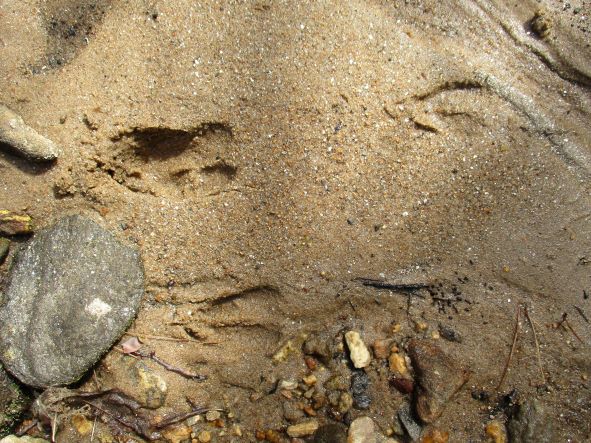
By Jim Dickson | Contributing Writer
(Photos by author and Dave Workman)
Tracking is an essential skill for the hunter but for many folks it seems to be a lost art shrouded in myth and mystery.
While anyone should be able to follow tracks in muddy ground or a blood trail that looks like an oil tank on a big ship has a hole in it, you won’t find much of that in the hunting fields. Instead you will see where game has passed seemingly without disturbing the ground underneath. The signs you look for of the animal’s passing are subtle and the key to successful tracking is patience and attention to detail combined with sharp eyes.
Once you have located a starting point mark it so that you can return to it. When a deer or other animal moves through the leaves it disturbs them and often exposes the damper underside. The actual track will be under the leaf litter providing the ground isn’t too hard or the forest floor too much of a cushion for it to leave a mark.
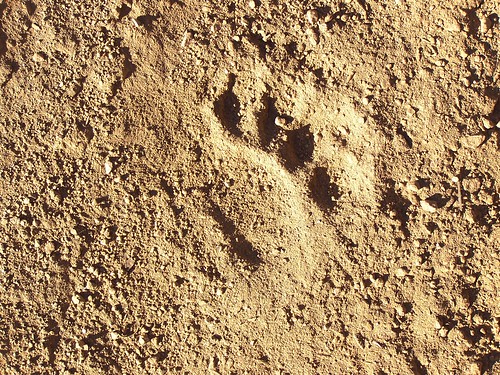
Possibly the first thing to do, having found the first sets of tracks, is to measure the stride and if need be cut or break a branch to that length so you will know how far to expect the next foot fall. Remember the animal often may change direction so you may end up moving in a circle before you find the next sign of it. If necessary, go back to your starting place and begin again.
Do not leave one track until you have located the next one and do not walk ahead until then lest you destroy what sign is there. You are looking for subtle signs; a misplaced leaf on the ground or leaves or branches in the bushes that appear to have been pushed aside and have not completely returned to their former position.
Broken branches figure in stories but are so rare a tracking sign that you may never encounter them. You will find more broken ones on the ground where they have been stepped on and others that have been mashed into the ground without breaking.
Rocks may be dislodged or moved, particularly small ones, as well as being pressed further into the ground.
Grass and ferns leave distinctive bend marks where something has gone through it while moss and exposed roots may have scuff marks. Hard dry ground that won’t take an imprint can sometimes leave a shiny patch from the animal’s foot or it can have scuff marks.
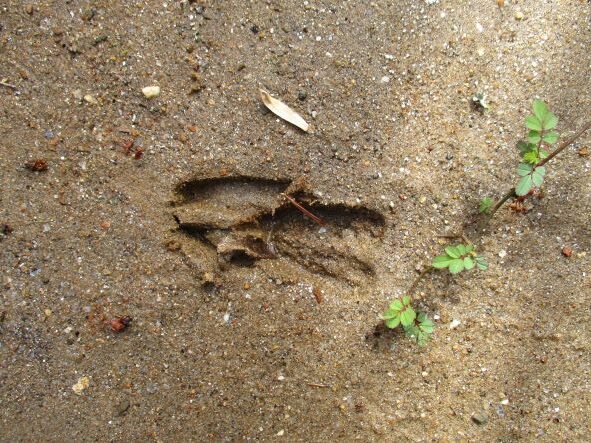
Walking through morning frost or dew will leave a discernible trail until the sun comes out. An animal that likes to wallow in the mud like a wild hog or a cape buffalo may leave marks of that mud on the underbrush as it pushes its way through them.
Some deer can be very aware of their tracks and I have seen them gently place their hooves under the leaves as they walk to create a minimum of disturbance. I followed three deer for miles trying to get photos for this article but the only thing that would show up in a photograph was where they had crossed a sand bar in a stream. Nothing can walk without disturbing the ground under foot. The problem is to determine where it disturbed it.
Sometimes you can take your boots and socks off and feel for the footprints in water. If they are sinking into the mud to any depth this can work. On hard ground look for displaced pebbles and scuff marks in the dirt.
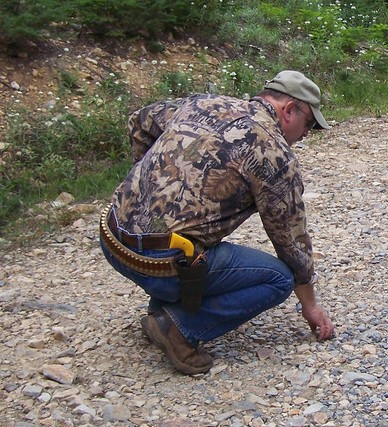
Some surfaces defy tracking. A gravel road is a classic as is a gravel bottom stream bed. Your only hope is an upturned rock that shows it has been disturbed and that may not present itself. However, streams often have sand or mud bars which show tracks perfectly and anything leaving the stream will have water and possibly sand or mud adhering to its feet for the first few steps. A gravel road that is well traveled and covered with loose gravel is almost impossible to track on. I once lost a deer’s trail in a swampy area when its tracks merged with a bunch of other tracks of about the same size and age that went in all directions.
Determining the age of tracks is important also. You don’t want to be confused by another set of tracks that run across the tracks you are following or worse yet, start out following the wrong trail.
If the ground has any moisture, a really fresh track will show where the weight of the foot forced the moisture out as it compressed the soil. Time and the elements tend to round the edges off tracks but the sharp impressions made in muddy ground can remain sharp long after the mud has dried and hardened. Experience will show you the differences.
Early morning and late evening have the sun casting its light at a steep angle that makes more shadows and this is a great help in tracking. Conversely, high noon produces the worst light conditions for tracking. If you find you must track at night hold the flashlight at an angle to the ground mimicking the light at sunrise to create the most shadows and go extra slow and careful lest you obliterate the sign. A 2 D cell flashlight is adequate but you better bring along extra batteries of the longest lasting type.
One thing that I cannot stress too strongly is the need for patience, and careful and meticulous searching. The clues are subtle but they are there for anyone to see. Slow and careful work will enable even the novice to be successful. Speed comes later although some trails will always require patient work.
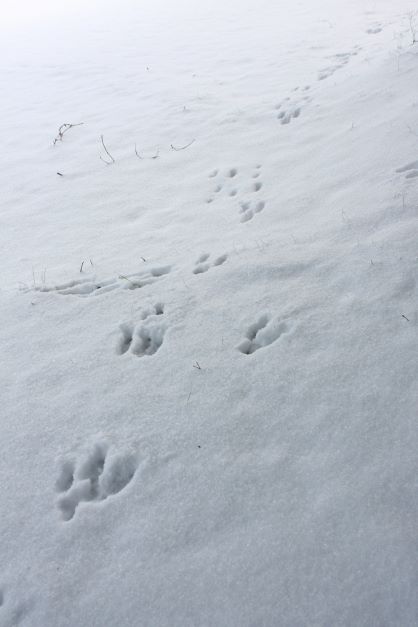
Some people may think they don’t need this skill. They are wrong. This is one of life’s most basic skills.
From locating a lost child (and children are notorious for getting lost) to backtracking when you are lost, you need this skill.
Deer hunters should take note of the fact that deer are famous for making a 100-yard dash after being heart shot. During that dash they may change directions, making it 100 square yards or more before they collapse.
That is, if they don’t run past another hunter’s stand, and he or she proceeds to put the final shot in and claim the animal. It has been enough of a problem that some hunters have gotten dogs just to trail the deer that they have shot. That’s not always legal or practical depending on where you are.
African game is notoriously tough and Blaney Percival took to shooting everything with his .600 double because as he said “Game shot with a .600 doesn’t travel very far.
People hunting in Africa today tend to place too much confidence in their native trackers. I know of too many instances where, either from fear of dangerous game or just plain laziness, they have deliberately misled their hunter away from the trail.
That’s not going to happen anywhere if your tracking skills are properly developed. It is impossible to be a well-rounded hunter and woodsman without skill in tracking. It is one of the fundamental outdoor skills that has enabled man to survive and thrive in the wilderness from the beginning.



